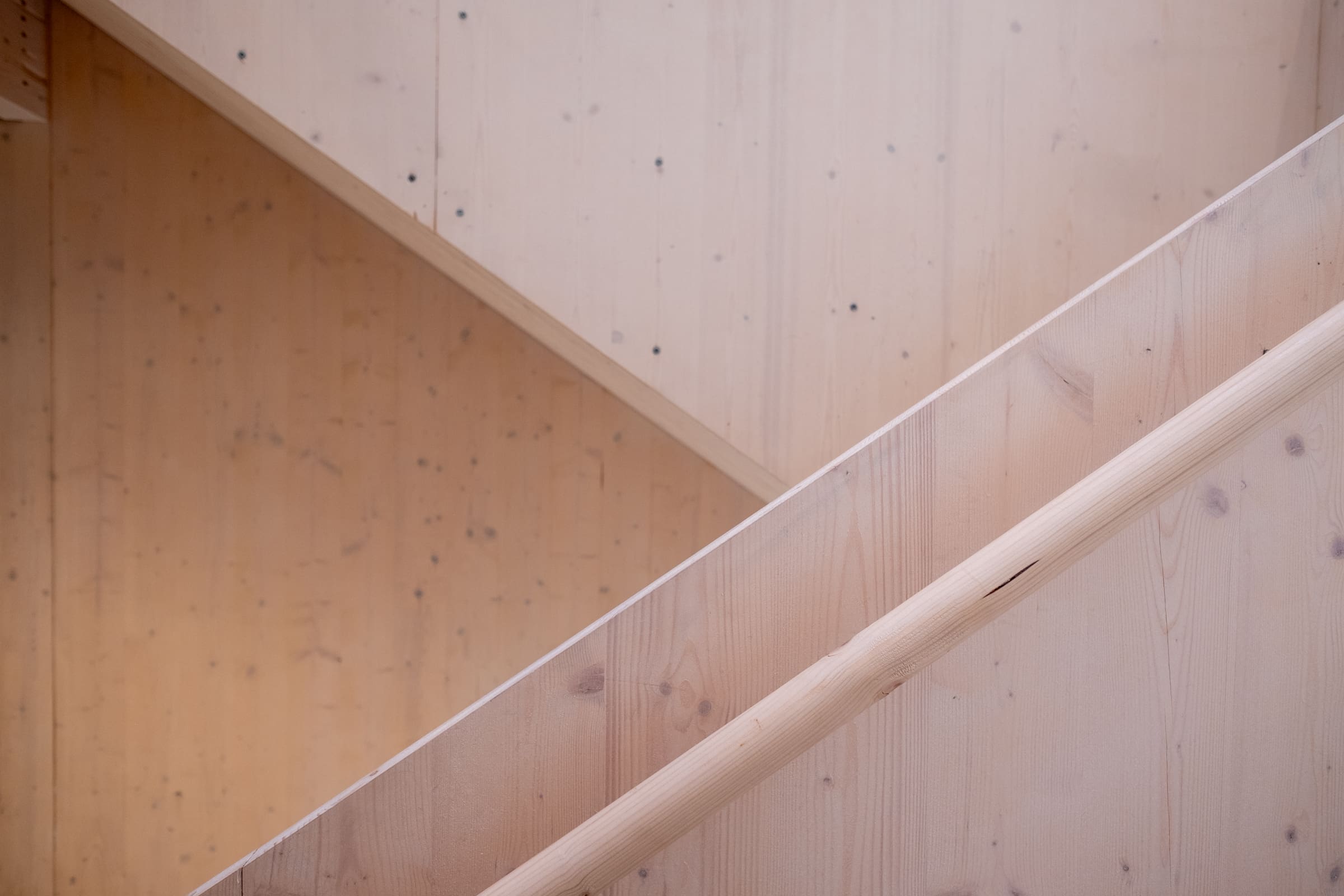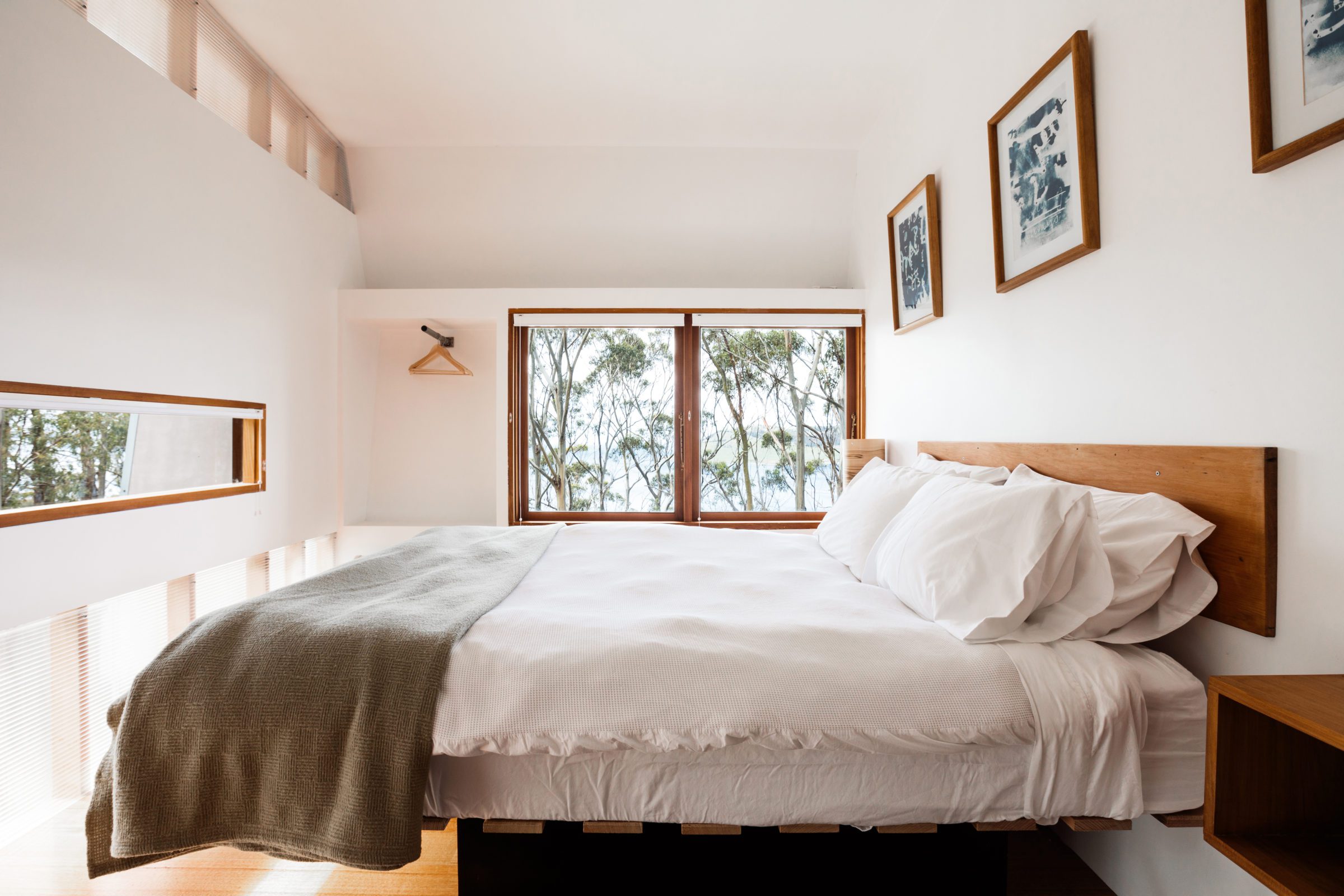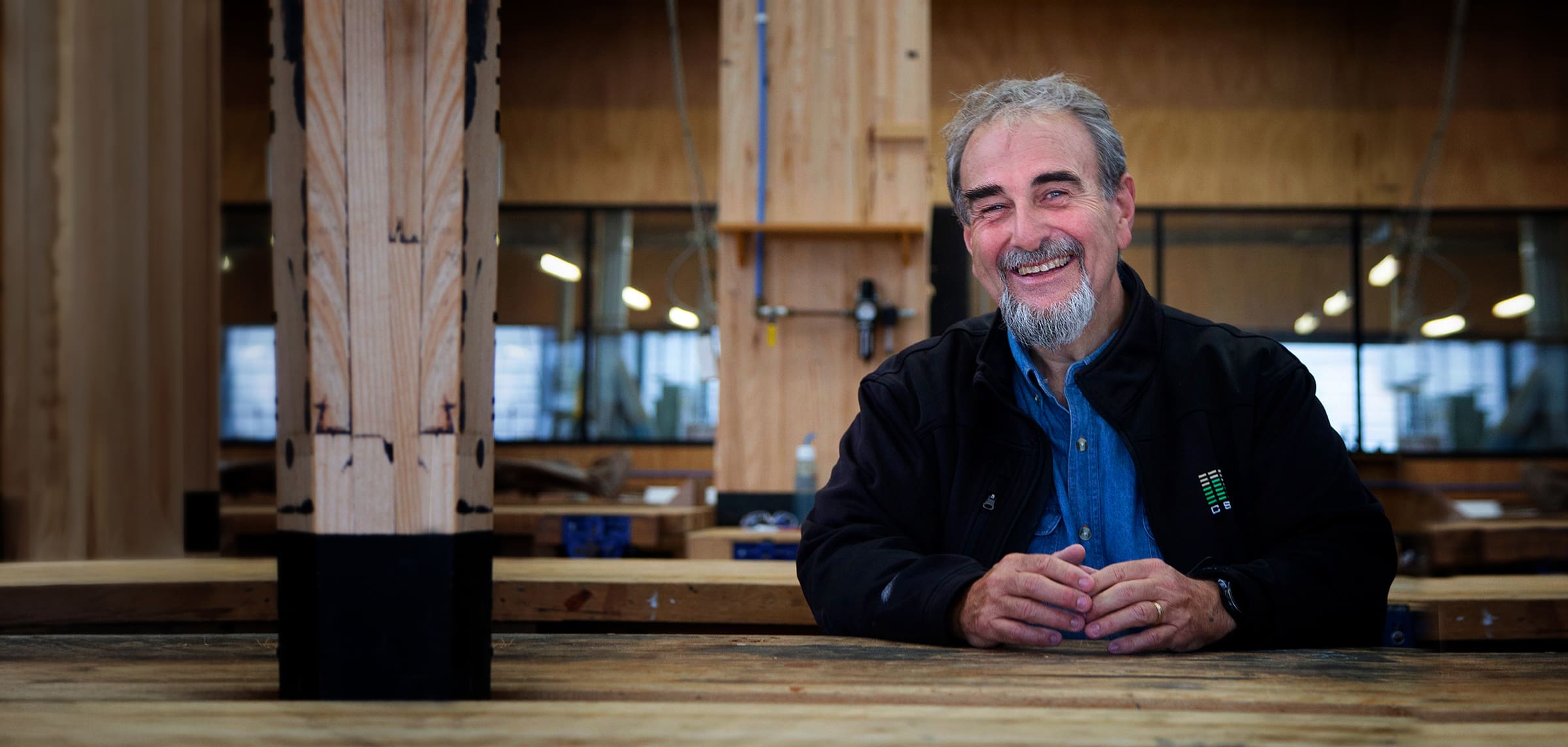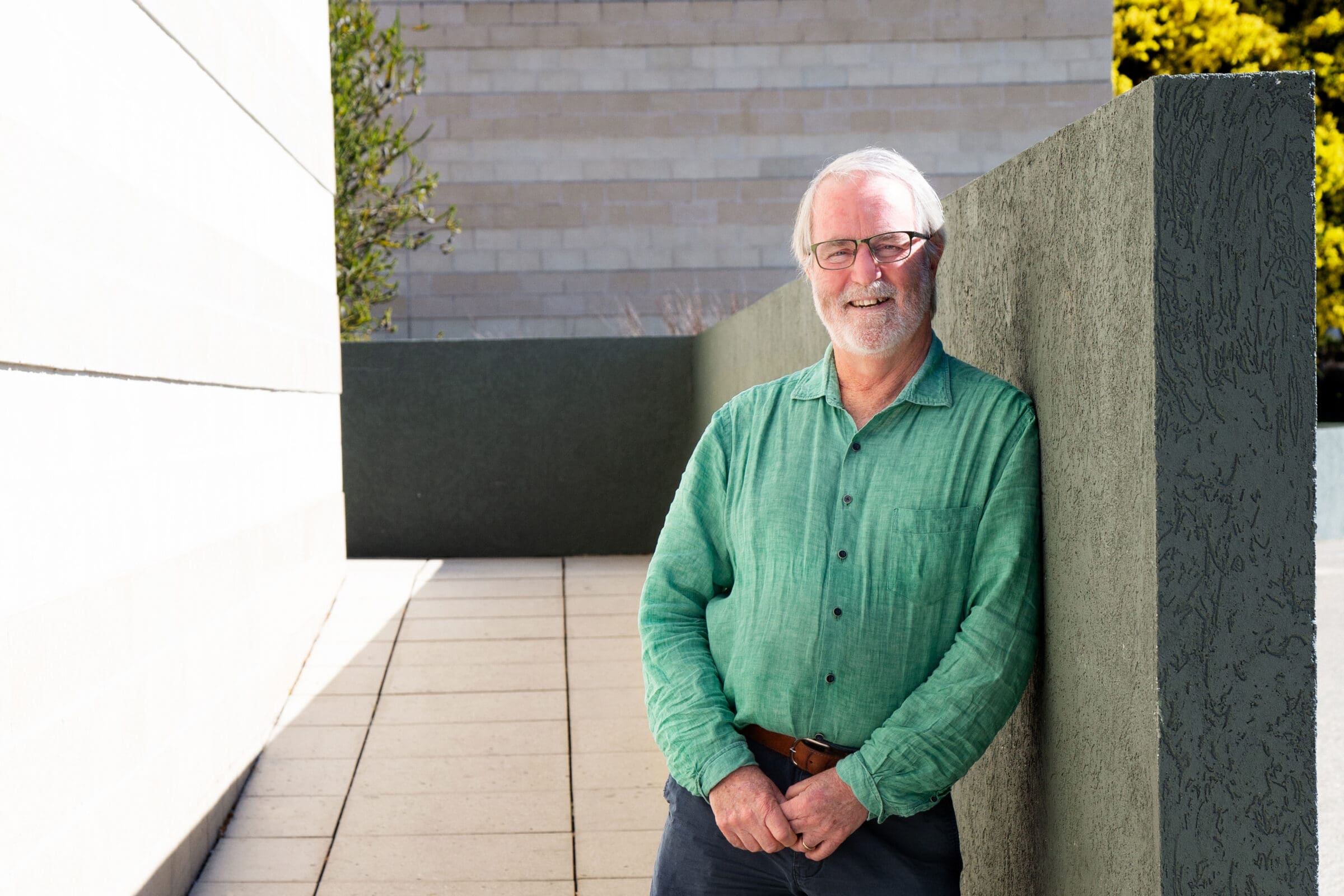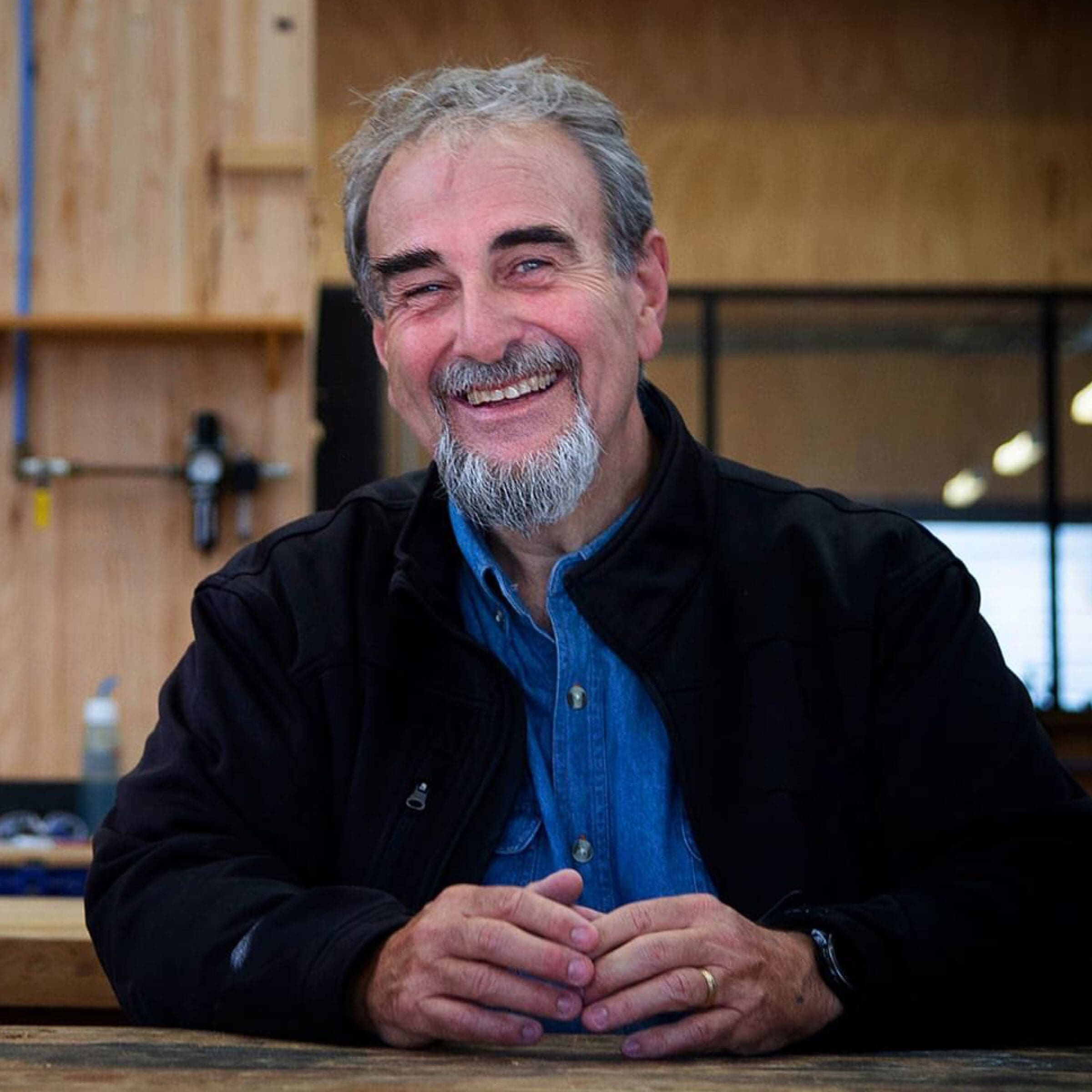Mitigating Climate Change – Timber as a Natural Carbon Storage Technology
Amidst the extractive nature of most construction materials, timber emerges as a beacon of regenerative quality, offering a solution to the challenges posed by climate change. Oslotre, a visionary timber design consultancy based out of Oslo, Norway, firmly believes that timber is pivotal in mitigating the current challenges of climate change. Unlike traditional building materials, timber stands out for its regenerative nature. The simple act of growing and harvesting timber represents a natural carbon store, making it a sustainable choice for construction. This regenerative quality positions timber as a material with the potential to counteract the environmental impact of other commonly used materials like concrete and steel and the team at Oslotre is on a mission to challenge the traditional norms of the built environment, one timber building at a time.
A regenerative solution in the fight against climate change
Oslotre is at the leading edge of timber design internationally. Their Save the Children House in Oslo is made almost entirely of timber. The building is designed on a five-by-five-metre timber grid for the structure, which aims to reduce the building’s embodied carbon and allow all of its components to be easily reused. This “timber-centric” approach saw large timber dowels used to connect structural elements, timber nails used instead of screws for fixings and wood insulation used in the walls.
The building is a material bank for future construction if it reaches the end of its lifespan. Timber elements were kept as close to maximum production size as possible, with minimal perforations to enhance reusability, with all assembly drawings documented, serving as a manual for disassembly.
“We’re a vision-driven office, and we believe firmly that timber is a key part of mitigating against the climate change that we’re seeing right now. It is a sustainable material in the sense that it’s regenerative. We have a natural carbon storage technology. And that technology is growing forests,” says Oslotre CEO, Ona Flindall.
“Currently, close to 50% of all the building industry’s emissions are tied to concrete and steel and that’s a shocking statistic. With timber, we have a regenerative material that has the potential to take carbon out of the atmosphere and put it into our buildings,” says Flindall.
“We of course see timber as one of the key solutions for building a sustainable future and developing a sustainable building industry,” says Flindall.
The firm believes that timber, with its regenerative qualities and carbon storage potential, is a key solution for developing a sustainable building industry. This perspective positions the Save the Children House as a pioneering example not only nationally but also internationally.
“It’s a building that’s leading the way in terms of what timber can do for a sustainable future in the development of buildings and how we should be thinking about building timber buildings that are future-proofed for a recyclable future, a reusable future,” says Flindall.
Government facilitation and policy changes
The future of timber design relies not only on the vision of architectural firms like Oslotre but also on government facilitation and policy changes. In Norway, a politically motivated agenda has driven the integration of timber into the building industry. Public initiatives and government-run programs have played a crucial role in this transition. Local authorities and councils, through building contracts and regulations, have become effective tools for promoting a greener future and the European Union’s emphasis on timber as part of the European Green Deal further reinforces the global shift toward sustainable construction.
“The EU has gone out and made clear statements in terms of the European Green Deal and the key solutions for meeting the environmental issues that we’re facing as a larger community. And in that [Green Deal], the two things that they’ve pointed to are artificial intelligence and the use of timber as a construction material. So those are two hugely important tools for initiating change and for mitigating against the climate change that we’re in,” says Flindall.
Environmental benefits beyond construction
The environmental benefits of timber extend beyond its use in construction. Timber buildings, such as the Save the Children House, offer enhanced energy efficiency and indoor air quality. The natural properties of timber, such as its ability to regulate moisture content and reflect heat, contribute to a comfortable and healthy indoor environment.
“The amount of air that you’re having to recycle and recirculate in the space is determined by how moist the air feels. That’s the key indicator of how comfortable people feel with the air that they breathe. When the timber absorbs or regulates that moisture content, it helps to reduce the overall moisture content in the air. That also regulates and reduces the overall need for changing of air and the quantity of air that you need to change out, reducing the overall energy required for ventilation,” says Flindall.
Timber stands out as a regenerative and sustainable solution as a natural carbon storage technology. Beyond its structural advantages, timber contributes to a holistic approach to building design, prioritising occupant comfort and environmental responsibility. Oslotre’s vision-driven approach and commitment to timber design serve as an inspiration for architects worldwide, encouraging a shift toward more sustainable and regenerative practices.


